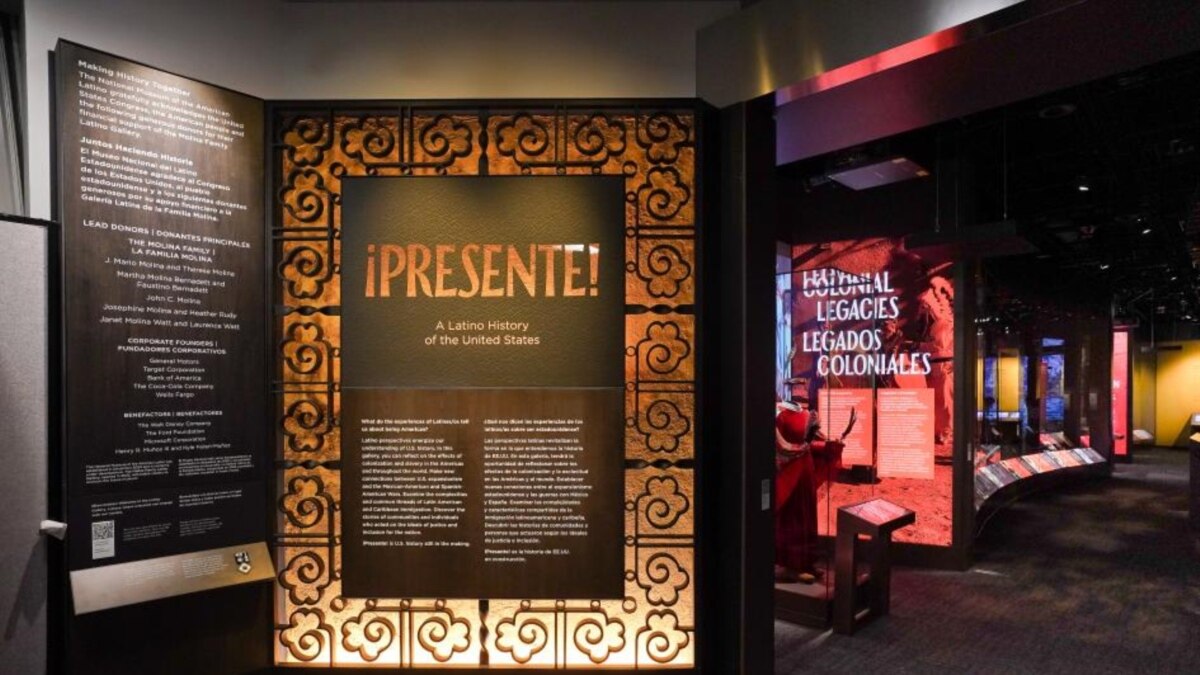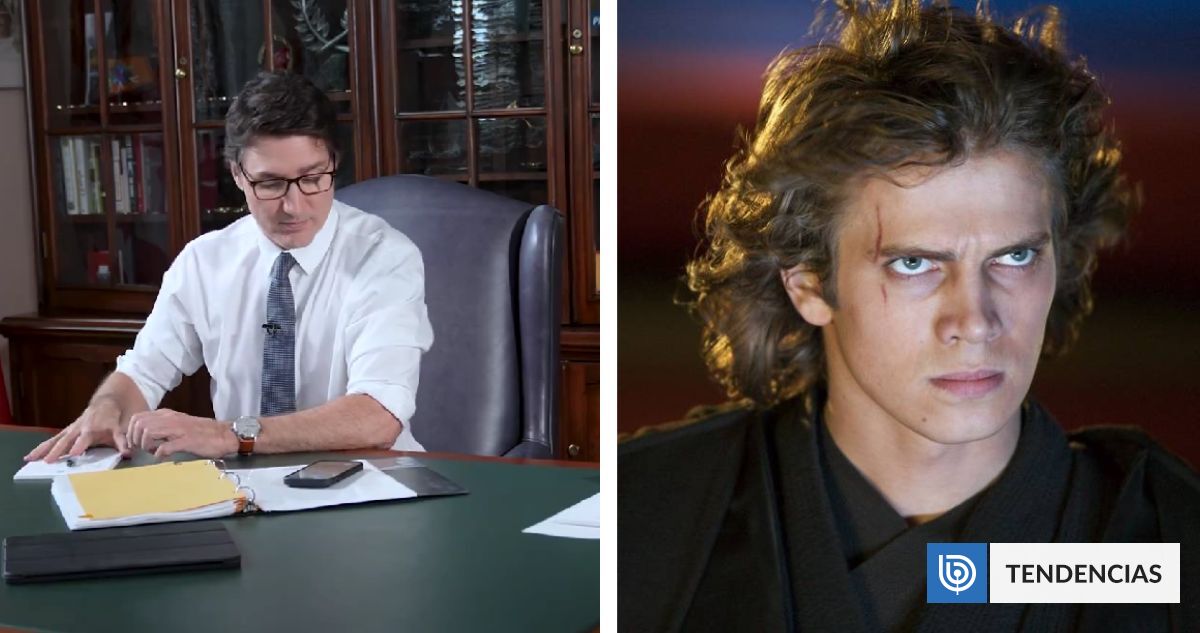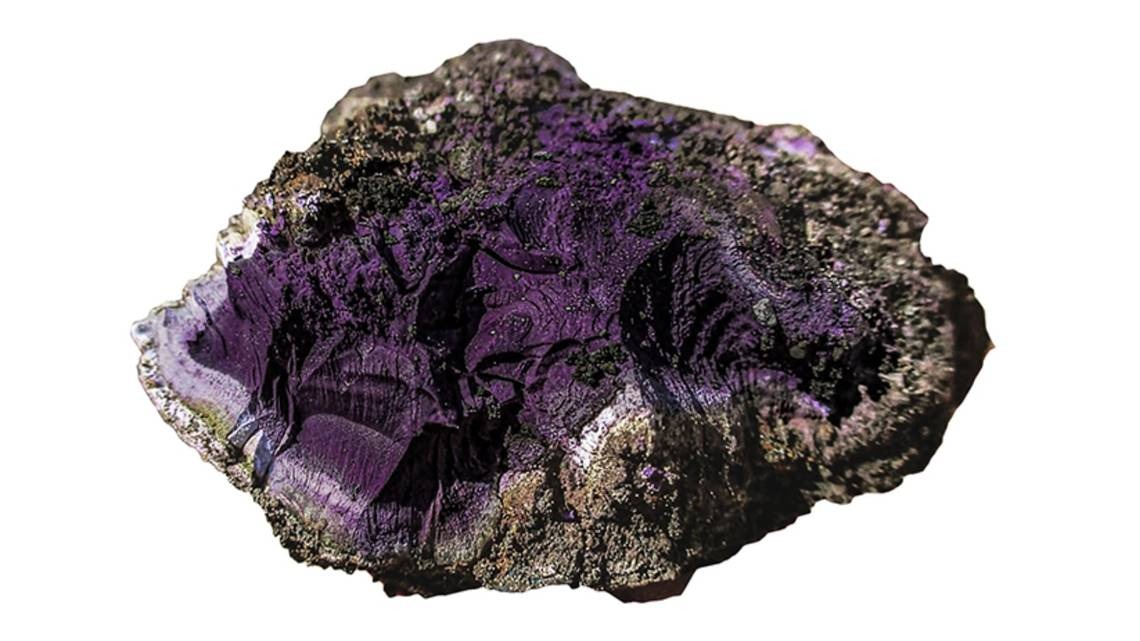With more than 20 years in the making, the project to create a Latino Museum within the prestigious Smithsonian complex in Washington is a “dream come true” for the Hispanic community in the United States, which will be able to see its “powerful impact” and even greater influence. They emphasized that it reflects more than 500 years of the history of this country Voice of America Its promoters.
“The idea is to tell the complete story of North American history and how we Latinos have built, contributed to, and shaped what is known today as North America, the United States, and this great nation from its beginning,” the President of the United States explained. Board of Directors: Director of the National Museum of Latin Americans, Liliana Gil Valletta.
The effort, which has “already reached its final mile,” began more than 20 years ago, when the long process typical of this type of project, which included Congress approving its development, was completed. “There are many legal bits and pieces that need to be enacted in this process,” the former businesswoman added.
“Two decades have brought us to where we are today, where we actually have a bill that was approved in the last administration so we can officially set the tone for the Smithsonian to get the green light to build a Latino museum in Washington,” Gil Valletta said. .
The Chairman of the Board of Directors of the Latin Museum noted that “one of its most important milestones has already been reached: bipartisan approval for its construction by the US Congress.”
Key promoters include household names such as Gloria and Emilio Estefan, Sofía Vergara, and John Leguizamo, among many other Hispanics working to highlight the “exceptional” Latino heritage in the United States.
A Latino space in central Washington
The creation of the National Museum of Latino Americans was approved by Congress on December 27, 2020, the critical action to jump-start a project that still has a long way to go for the Smithsonian, the U.S. government-funded institution that is the largest museum and research complex in the world.
“It will probably take 10 to 12 years before we can open our building,” he told the newspaper. Voice of America David Coronado, Communications Officer at the Latin Museum. This time is determined by issues such as the exact location where it will be built and the design process.
An engineering and architectural firm is already working on identifying “potential sites” for the museum in the area of Washington known as the National Mall, where monuments, Congress and other Smithsonian museums are located.
“In recent years, these options have been narrowed down to two ideal sites. One is the southern ruins… then the other is what they call the tidal basin (…) and because these two sites are located in the so-called ‘reserve’ they need some legislative solutions to allow construction,” Coronado noted. “Development will take place…and the Smithsonian is working with Congress to determine how to achieve this.”
Right now, it is too early to say what the museum will look like as it will have to undergo studies about the area and land, how long or wide it will be, how this will affect traffic in the area, among other things. .
Coronado explained that during the time it takes to select a site and build, the museum team works on exhibitions, programs, fundraising and galleries to “raise awareness” about the importance of the museum through Centro Latino.
“What the Latino Museum does is continue to do a lot of these public programs, which really helps us get big visibility and get people to support the museum,” Coronado said.
Meanwhile, the museum already has an appointed director, Jorge Zamanillo, and a board of directors led by Gil Valletta and consisting of 19 members who advise and assist the Smithsonian’s Board of Trustees on matters related to the museum’s development.
“One of the important things behind creating a museum is that for the Latino community, it finally takes its representation to a much higher level… For the first time there will be a national museum that unites different cultures and communities,” Coronado concluded.
Among the first actions of the institution include “Present!” A Latino History of the United States of Americacurrently housed in one of the galleries of the American History Museum and takes visitors through the concepts, memories, and biographies of exponents of Latino culture.
A museum that tells the history of Latinos
“What we are trying to do is create a museum where the stories of Latinos in the United States are told, a population of more than 62 million people who have 500 years of history in this country,” he noted. Speaker and InfluencerMariana Atencio.
Long before the creation of the American nation as it is known today, the Spanish language had already reached the shores of North America with the conquistadors, who traveled from Cuba to Florida, where they established the first European settlement in these lands.
“It turns out that St. Augustine in Florida was the first (European) city founded in the United States. It turns out that the contributions of Latinos are in the scientific aspect, not to mention the veterans part, sports, and culture. These are many things, but it is something that is not talked about,” Atencio stressed. It is reported in the media and is not taught in schools.
The broadcaster is one of the project’s spokespersons who recently traveled to Congress to promote it to Hispanic lawmakers, insisting that the idea “is to have a museum that tells our stories.”
“Not only for Latinos, but for all Americans and tourists from all over the world who understand the history of the United States of America (…) It is something that will and will represent us.” “It will be an endless legacy for us in this country.”
As with the vast network of institutions that make up the Smithsonian complex, including the recently opened Museum of African American History, the future Latino Museum will be free, ensuring access to anyone who wants to cross its threshold.
Gil Valletta stressed that this is “very important” and added that for people who fought so hard to be accepted in this country and their descendants, seeing themselves “in exhibitions and stories, is very powerful.” In the profiles.” that will comprise the building.
“You can’t be what you don’t see, because you don’t believe we’re great and important if you’re not celebrated. So it’s like the culmination of a historic moment, not just for us Latinos or immigrants, but for all Americans,” the former businesswoman concluded. “To feel proud of what this country has built, created and shaped.”
Connect with Voice of America! Subscribe to our channels Youtube, WhatsApp And for the news. Turn on notifications and follow us Facebook, s And Instagram.






:quality(85)/cloudfront-us-east-1.images.arcpublishing.com/infobae/O22ALUE2DJEMDHYS3VKRGYEMUQ.jpg)